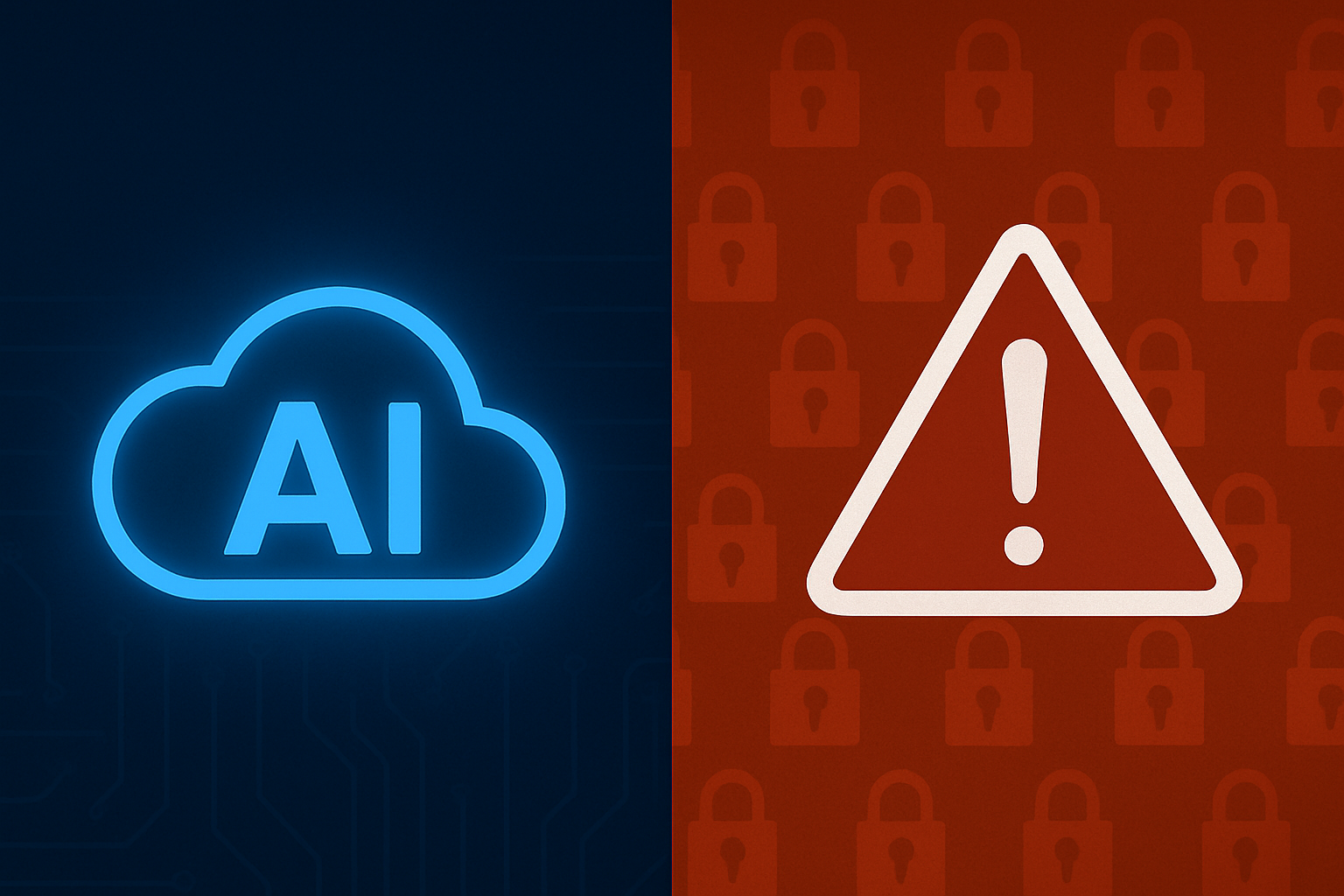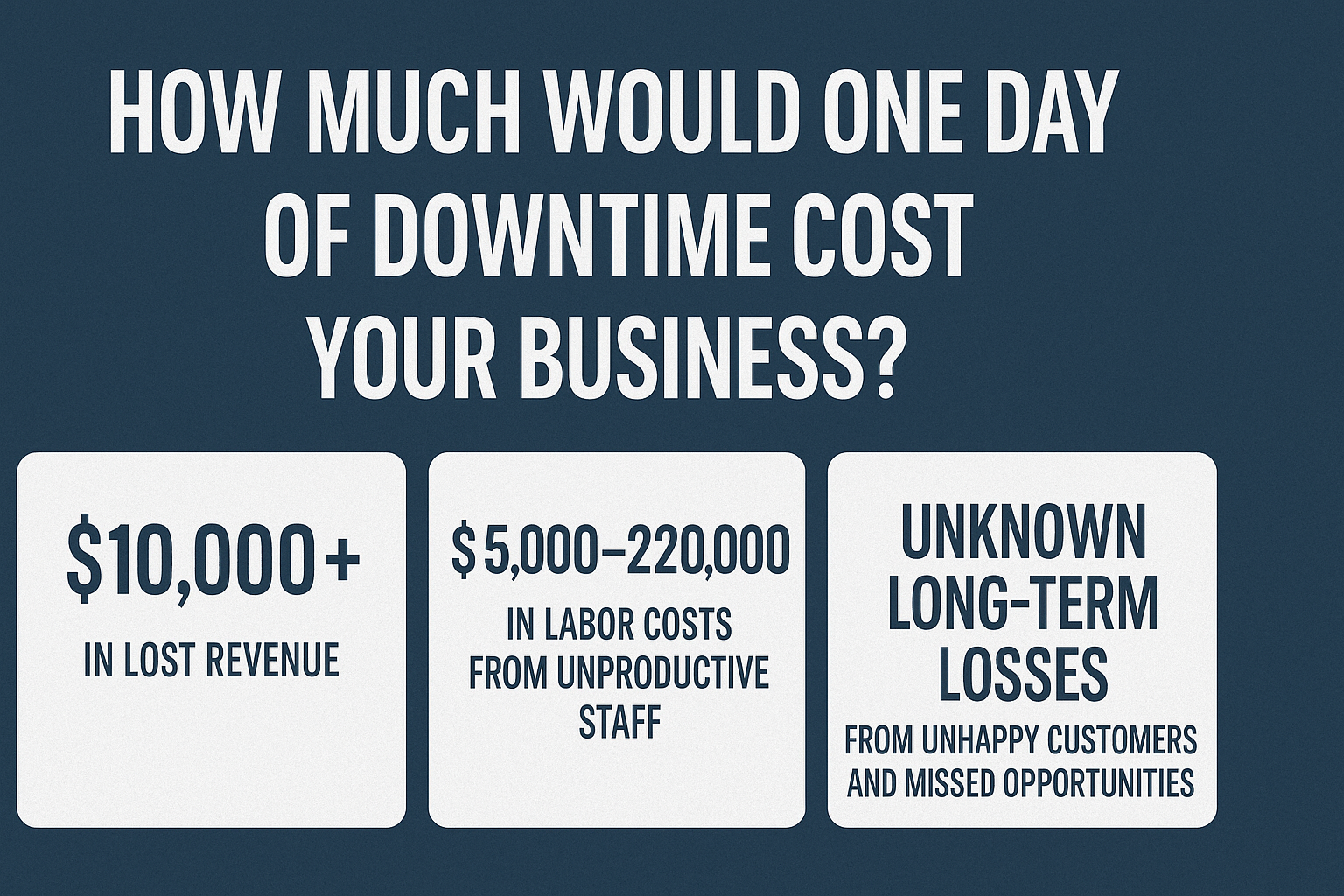Is Your Email Setup Putting Your Business at Risk?
Email is the backbone of business communication, yet it’s also one of the most common ways attackers exploit organizations. If your email domain isn’t set up correctly, you could be leaving the door wide open for cybercriminals, and you might not even know it.
Let’s break down a few of the most common issues we see:
1. DMARC Set to “None” (or Missing Entirely)
DMARC is a critical email authentication protocol that tells receiving mail servers what to do if someone tries to send an email pretending to be you.
- If your DMARC policy is set to
none, your domain isn’t protected at all, it’s just reporting, and that is only if you have a valid email address in the record. Attackers can still send phishing emails that look like they’re from you. - If you don’t have a DMARC record at all, the problem is even worse: your domain is vulnerable to spoofing, and your customers could easily be tricked.
2. No SPF Record
SPF (Sender Policy Framework) defines which mail servers are authorized to send emails on behalf of your domain.
- If you don’t have an SPF record, anyone can send messages pretending to be you, and most receiving servers won’t know the difference.
- A bad or incomplete SPF setup can cause legitimate messages to fail authentication or land in spam.
- SPF also needs to align properly with DKIM and DMARC for full protection. Without all three, your domain can still be spoofed.
3. No DKIM Record
DKIM (DomainKeys Identified Mail) is another essential piece of email authentication. It uses cryptographic signatures to prove that an email actually came from your domain and hasn’t been tampered with.
- If you don’t have a DKIM record, your emails are far more likely to be flagged as spam or rejected entirely.
- Without DKIM, even legitimate messages can fail authentication, hurting your deliverability and your reputation.
- Worse, without DKIM combined with DMARC, attackers have a much easier time spoofing your domain.
4. No MTA-STS (SMTP TLS Reporting)
MTA-STS ensures that your email is always sent over encrypted connections. Without it, attackers can intercept or tamper with your messages during transit. In industries like finance, healthcare, and insurance, this can lead to serious compliance violations and data leaks.
5. Cheap or Insecure Email Hosting
We often see businesses using low-cost email providers instead of Microsoft 365 or other enterprise-grade solutions. While it may save a few dollars each month, it comes with major downsides:
- Poor spam and phishing filtering
- Weak or non-existent security controls
- Higher risk of downtime and data loss
Email is not the place to cut corners, your entire reputation and customer trust ride on it.
6. Deliverability Matters Too
Even if attackers aren’t spoofing your domain, a misconfigured email setup can still hurt your business. Emails without proper SPF, DKIM, and DMARC alignment often get flagged as spam or never reach the inbox at all. That means missed client communication, failed proposals, and lost revenue.
Check Your Domain Health
We’ve built a domain scanner below that will check your SPF, DKIM, and DMARC setup. If your score isn’t 10/10, your domain is not only vulnerable to impersonation, but you’re also at risk of poor email deliverability.
👉 Don’t wait until your customers receive a fake email “from you.” Take two minutes to scan your domain and see where you stand.






